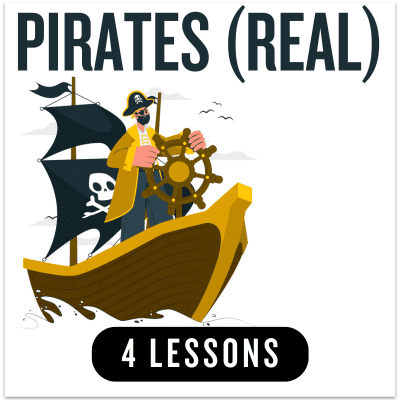

KS2 English Lessons that develop English skills and the 8 Evidence-Based Learning (EBL) Skills.
These lessons raise achievement for all pupils because these skills maximise learning.

ENGLISH SKILLS
Our lessons cover a wide range of English skills from word level such as fronted adverbials to whole text level such as writing a recount and much more.

EVIDENCE BASED LEARNING SKILLS
These lessons are NOT just English lessons but they also have evidence-based learning skills embedded in them – skills proven by research to maximise learning.

DELIVERY
The delivery of both English skills and evidence-based learning skills is pupil-led. Basically, simple stories have been used to develop advanced learning skills. This is where the magic happens!
– Upper KS2 English Lessons –
– Lower KS2 English Lessons –
































